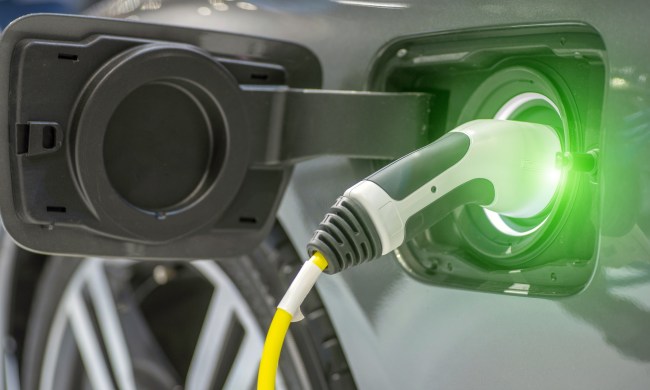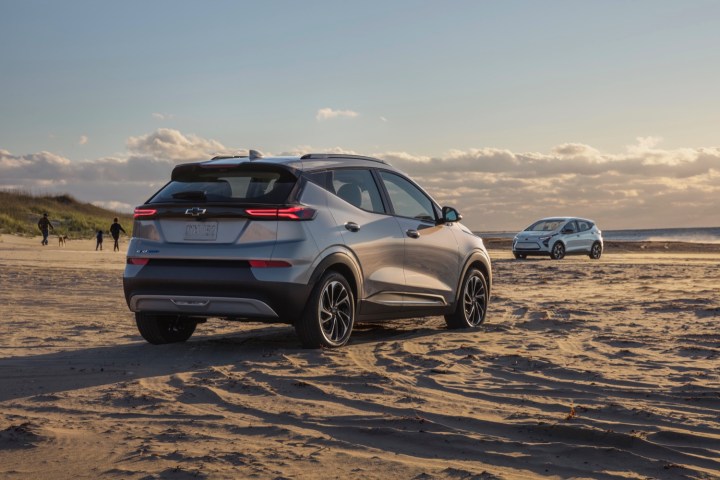
Electric cars are finally getting cheaper. For years, EVs were becoming more widely available — but still at a high price. These days, the push is becoming less about simply developing an initial wave of EVs, and more about actually competing with them. Part of that has to do with price, so as we head toward a second, much wider wave of electric vehicles, we can expect to see some great inexpensive models.
There are plenty of budget EVs that have been announced and are set to roll out in the near future — and we’re pretty excited about many of them. Of course, for this piece we’re being a little liberal with the term “budget.” Budget for many buyers is totally different than “budget” for others. Still, here are five cheaper electric vehicles we can’t wait to see on the roads.
Chevrolet Bolt EV Redesign
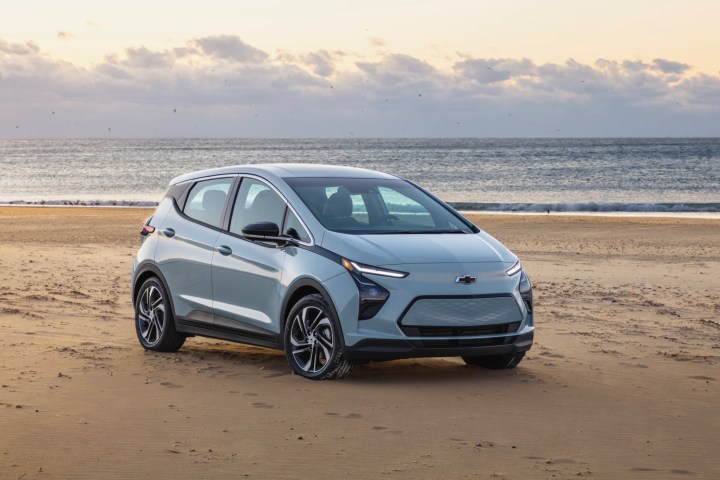
The Chevrolet Bolt EV has arguably been the go-to budget EV since its inception. As such, when Chevrolet announced it was killing the car, plenty of people were upset, and for good reason. All that led Chevrolet to reverse its decision, instead announcing that it would launch a redesigned Bolt EV — which we expect to be released as a 2025 or 2026 model year. That’s after a few years without new Bolt iterations — with the last model being the 2023 Bolt EV.
An actually new design could be very exciting. After all, while previous-generation Bolt EVs offered excellent value, they were hardly good-looking vehicles.
We don’t yet know much about the new Bolt EV, but we’re expecting it to launch in 2025. It will be built on the Ultium EV platform, and hopefully it’ll offer a solid range and low price, like previous models. We don’t yet know how much it’ll cost, but given previous models started at less than $30,000, we’re hoping the redesign comes at a similar price. Thankfully, while we wait there’s the Chevrolet Equinox EV, which also offers great value for the money.
Kia EV3
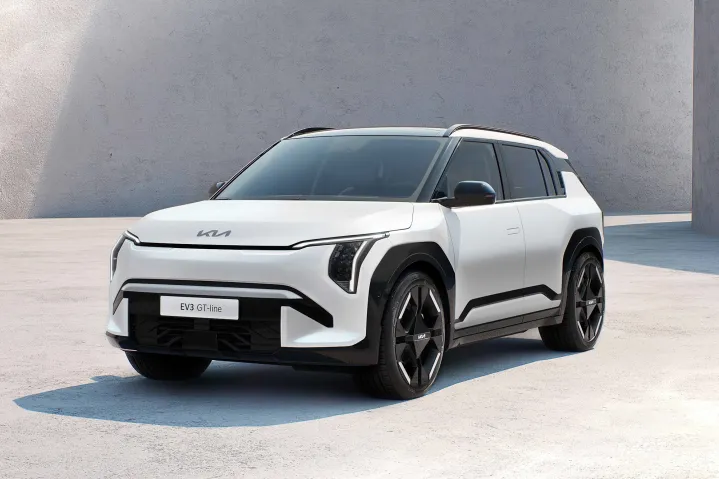
Kia has been a mainstay in the mainstream EV world for some time now, through models like the EV6 and the newer EV9. The EV3 is set to be the company’s entry-level model, offering many of the same design elements and approach to a comfortable interior, at a lower price. The car is essentially a scaled-down version of the EV9.
There’s also a lot we don’t know about the Ev3; however, we’ll likely learn a whole lot more in the next month when the vehicle is released in Korea. We’re expecting it to offer a range in the region of 300 miles, and cost less than $40,000 — and hopefully much closer to $30,000.
Volvo EX30
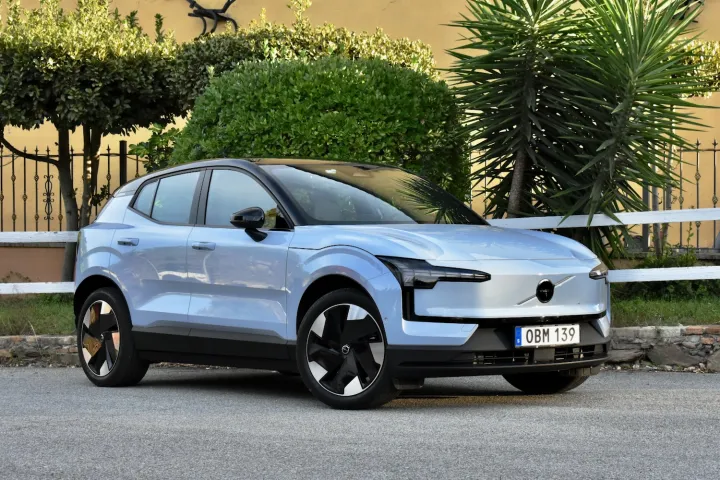
The Volvo EX30 could be the best-looking so-called “budget” EV to date. Now, to be fair, the EX30 is available now — but only in some regions. It’s not available in the U.S. yet, so for me, it’s still “upcoming.”
The EX30 offers a sleek and stylish Volvo design, with Android Automotive built into the large display. EPA ratings for the car’s range aren’t available yet, but Volvo estimates 275 miles for single-motor models and 265 miles for dual-motor models, which isn’t terrible. In our first drive, we found the driving experience to be great, offering a comfortable ride that isn’t too soft, and a quiet interior.
The Volvo EX30 is expected to start at $34,950, which is a great price for such a stylish EV. It can be reserved from the website now, and we’re expecting deliveries to begin in the summer at some point.
Rivian R3

Rivian has long been one of the most-loved EV-makers, and it recently set the stage for cheaper EVs that can be sold to the masses. While Rivian is launching the R2 in the first half of 2026, even more exciting is the even-cheaper R3, which is expected to launch in late 2026 or early 2027.
The R3 will be smaller than other Rivian vehicles with its crossover shape, but will offer Rivian’s signature design elements, like the oval headlights on the front. We don’t know much about the vehicle, but Rivian has said that the long-range models will offer over 300 miles of range. Rivian hasn’t announce details about pricing, but with the R2 expected to cost around $45,000, we’re hoping the R3 will come at under $40,000.
Hyundai Ioniq 9

Electric SUVs are going to remain more expensive than smaller electric vehicles, but they can still get cheaper in general. The Hyundai Ioniq 9 will compete with the Kia EV9, as a cheaper alternative to the likes of the Rivian R1S.
The Ioniq 9 will likely offer many of the same design elements as other Hyundai EVs, such as the pixel design offered on the Ioniq 5 and 6. It’ll likely also offer a sleek and stylish interior, three rows of seats, and a solid range.
The Ioniq 9 won’t be cheap but it will be cheaper than other electric SUVs, and will hopefully signal the release of more lower-cost SUVs. The vehicle is expected to start at around $55,000.


